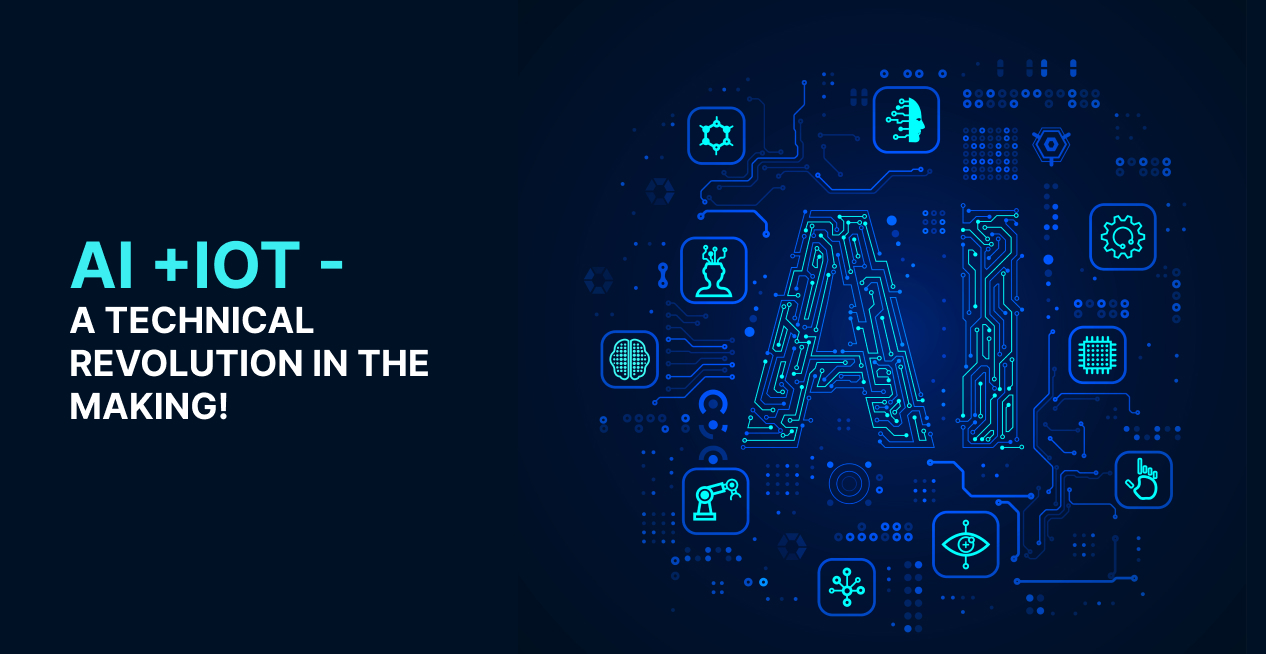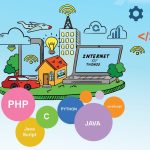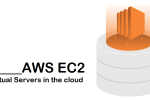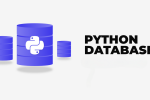In a world where smart devices are everywhere, the fusion of Artificial Intelligence (AI) and the Internet of Things (IoT) is redefining the way machines think and act. This powerful combination—commonly referred to as AIoT (Artificial Intelligence of Things)—is transforming industries like healthcare, agriculture, logistics, and smart cities.
At the heart of this transformation lies a set of powerful, open-source AI frameworks that make it easier than ever to integrate intelligence into IoT devices. In this blog post, we’ll explore the best open-source AI frameworks for IoT, their benefits, and how they are shaping the future of intelligent automation.
Why Integrate AI with IoT?
Integrating AI into IoT systems allows devices to:
- Process data locally (edge AI)
- Make real-time decisions
- Learn from patterns and user behavior
- Optimize performance and reduce human intervention
For example, smart cameras with AI can detect threats instantly, while industrial sensors can predict failures before they occur. These smart features are made possible by lightweight, open-source AI frameworks tailored for IoT environments.
Top Open-Source AI Frameworks for IoT Integration
1. TensorFlow Lite
- A lightweight version of Google’s TensorFlow for mobile and embedded devices.
- Perfect for real-time inference on IoT devices.
- Supports Android, iOS, and microcontrollers (e.g., Arduino, Raspberry Pi).
Use Case: Smart cameras, gesture recognition, embedded object detection.
2. OpenVINO Toolkit
- Developed by Intel for edge AI inference.
- Optimized for vision-based applications and supports Intel hardware.
- Works well with Raspberry Pi, Jetson Nano, and other IoT boards.
Use Case: Real-time video analytics in smart surveillance and retail.
3. Edge Impulse
- A developer-friendly open-source platform for building AI models on microcontrollers.
- Drag-and-drop interface, ideal for beginners and IoT prototyping.
Use Case: Smart agriculture (soil moisture monitoring, livestock health detection).
4. Apache MXNet
- Flexible and scalable deep learning framework.
- Supports Python, Scala, and even Julia.
- Lightweight enough for deployment on IoT devices.
Use Case: Real-time analytics in wearable health tech or fitness trackers.
5. ONNX Runtime
- Open Neural Network Exchange (ONNX) supports multiple AI frameworks like PyTorch, TensorFlow, and Keras.
- Optimized for cross-platform inference and edge AI.
Use Case: Interoperable AI across diverse IoT ecosystems.
Benefits of Using Open-Source AI in IoT
- Cost-Effective: No licensing fees or vendor lock-in
- Community Support: Continuous innovation and contributions
- Customizable: Modify source code for device-specific needs
- Scalable: Suitable for everything from smart homes to industrial IoT
Real-World Applications of AI + IoT
- Smart Homes: Voice assistants, predictive lighting, and energy optimization
- Healthcare: AI-enabled wearable devices and remote diagnostics
- Smart Agriculture: AI-powered sensors monitoring crop health and weather patterns
- Industrial IoT: Predictive maintenance and automated quality control
- Retail: Smart shelves, customer tracking, and inventory optimization
The synergy between open-source AI frameworks and IoT technologies is unlocking smarter, more autonomous systems across every industry. As computing moves to the edge, developers and engineers can now build intelligent solutions faster, more affordably, and more sustainably.
By choosing the right AI framework tailored for IoT, you’re not just building devices—you’re building the future of intelligent connectivity.







